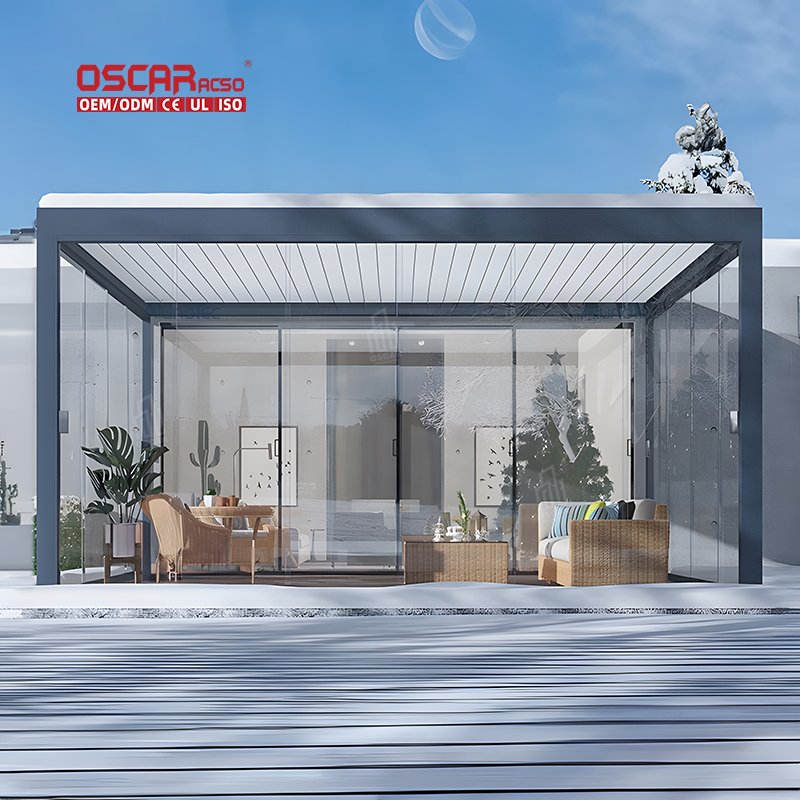Gazebo in Games, Unlocking Their Value and Impact on Virtual Economies
Ever wondered how much a gazebo costs in your favorite game? 🎮 This question isn\'t just about virtual currency—it to...
Ever wondered how much a gazebo costs in your favorite game? 🎮 This question isn’t just about virtual currency—it touches design philosophy, player engagement, and even real-world economic parallels. Let’s explore the factors that shape their pricing and why these structures matter beyond mere aesthetics.

💵 Pricing Factors: More Than Just Pixels
The cost of a gazebo in games varies widely based on several key elements:

- •
Game economy scale: In some life-simulation or city-building games, basic gazebos might cost minimal in-game currency, while premium designs require real money. For example, limited-edition gazebos in mobile games can range from 5to20 in real-world value.
.jpg)
- •
Design complexity: Intricate designs with interactive features (e.g., providing buffs to players) are priced higher. A decorative gazebo might be earnable through gameplay, but one that boosts player stats could be part of a paid bundle.
- •
Platform differences: Prices can differ across consoles, PC, and mobile versions due to marketplace dynamics and development costs.
These variations ensure gazebos serve both functional and economic roles in games.
🎨 Design and Functionality: Beyond Decoration
Gazebos aren’t just pretty structures; they often enhance gameplay:
- •
Social hubs: In multiplayer games like Animal Crossingor MMORPGs, gazebos become gathering spots for players, fostering community interaction.
- •
Strategic elements: In strategy or simulation games, they might provide resources, bonuses, or act as checkpoints.
- •
Customization: Players often spend resources to personalize gazebos, reflecting their creativity and investment in the game world.
This multifunctionality justifies their value and encourages players to invest time or money.
🌍 Player Perception and Value
.jpg)
How do players view the cost of gazebos? It often boils down to perceived utility and emotional connection. For some, a gazebo is a status symbol; for others, it’s a functional asset. Games that balance affordability with exclusivity tend to have higher player satisfaction. However, overly expensive items can lead to criticism of “pay-to-win” models, highlighting the delicate balance developers must strike.

📊 Economic Impact on Game Ecosystems
Gazebos, like other virtual items, contribute to a game’s economy:
- •
Revenue stream: Premium gazebos generate income for developers, supporting ongoing updates and maintenance.
- •
Player retention: Limited-time gazebo events or rewards keep players engaged and invested in the long term.
- •
Market dynamics: In games with trading systems, gazebos can become commodities, with prices fluctuating based on demand and scarcity.
This economic layer adds depth, making gazebos more than just decorative items.
✨ Personal Insight: The Hidden Value of Virtual Spaces
In my view, gazebos represent a fascinating blend of art and economics in gaming. They show how developers use environmental storytelling to enhance immersion, while also leveraging microtransactions to sustain game development. The willingness of players to pay for these structures underscores a broader trend: virtual items are increasingly seen as valuable assets, blurring the lines between digital and real-world economies. As games evolve, gazebos will likely continue to serve as both aesthetic delights and economic drivers, reflecting player desires for beauty and functionality in their virtual worlds.
🔮 Future Trends and Innovations
Looking ahead, gazebos might incorporate AI-driven interactions or NFT-based ownership in some games, adding layers of value and personalization. As virtual and augmented reality technologies advance, these structures could become even more immersive, potentially influencing real-world architectural trends. The future of gazebos in games is poised to be as dynamic as the games themselves.
💎 Final Thoughts
So, how much is a gazebo in games? It depends—on the game, its economy, and what players are willing to pay. But beyond cost, gazebos enrich virtual worlds, foster communities, and illustrate the intricate economies that make modern gaming so compelling. Whether you’re a casual player or a dedicated builder, these structures offer a glimpse into the creative and economic hearts of your favorite games.

